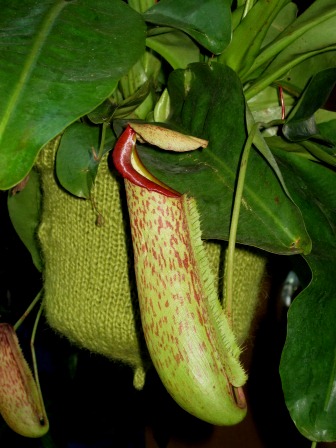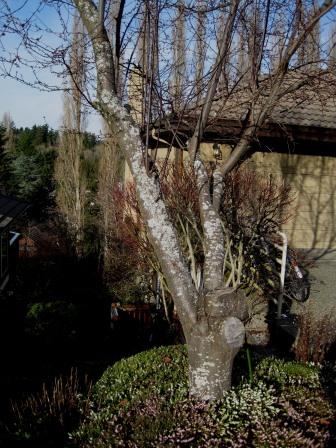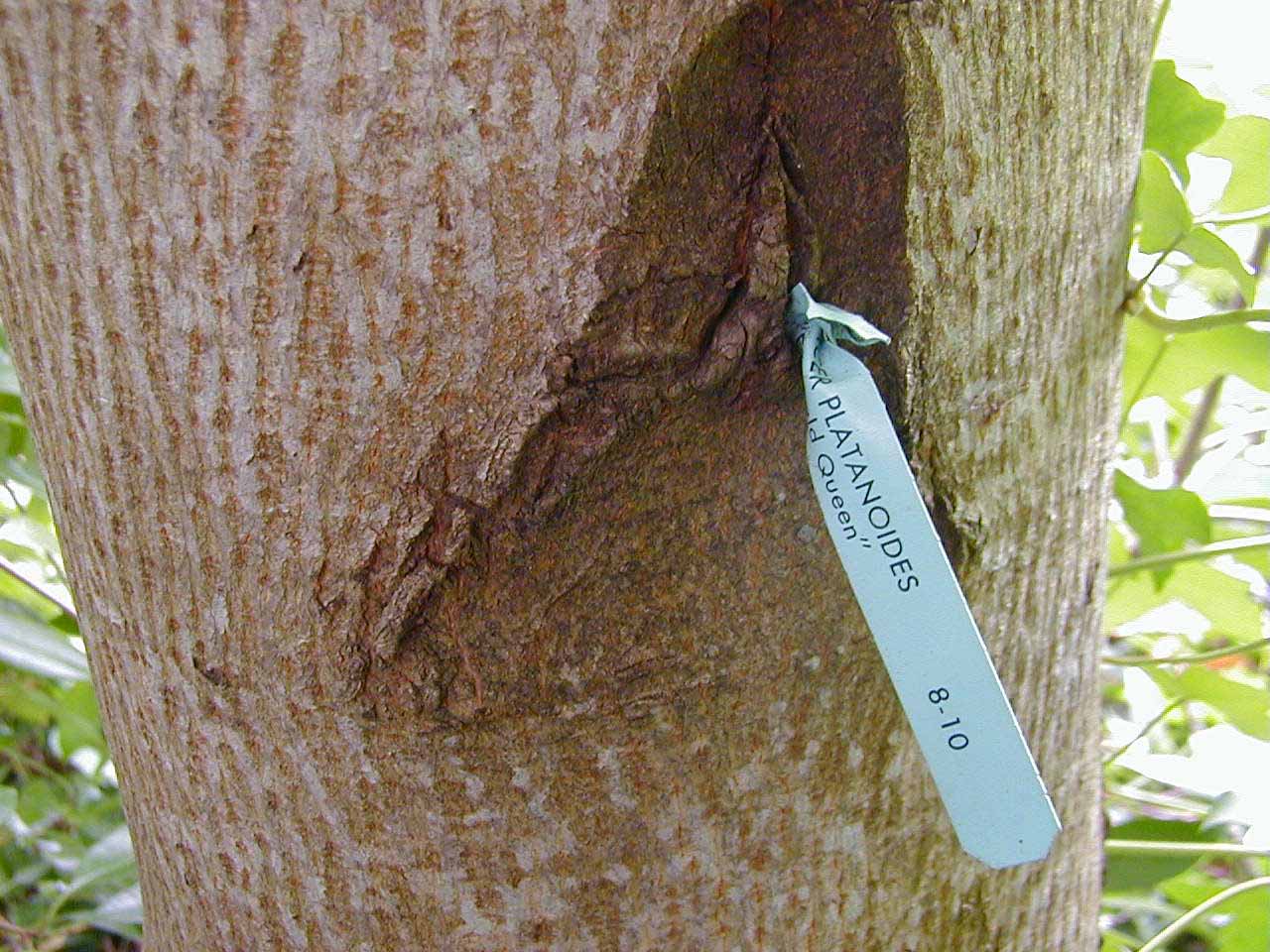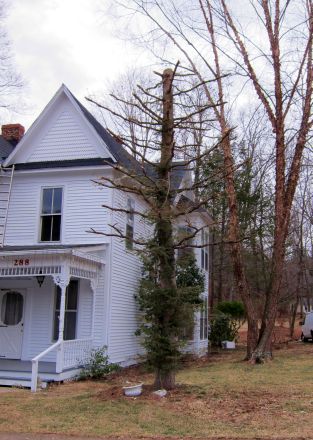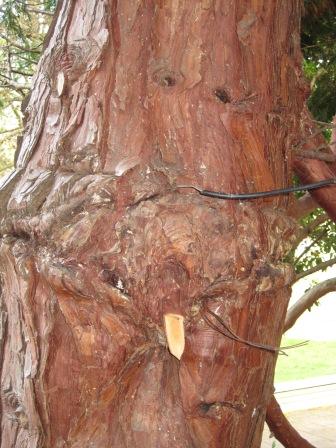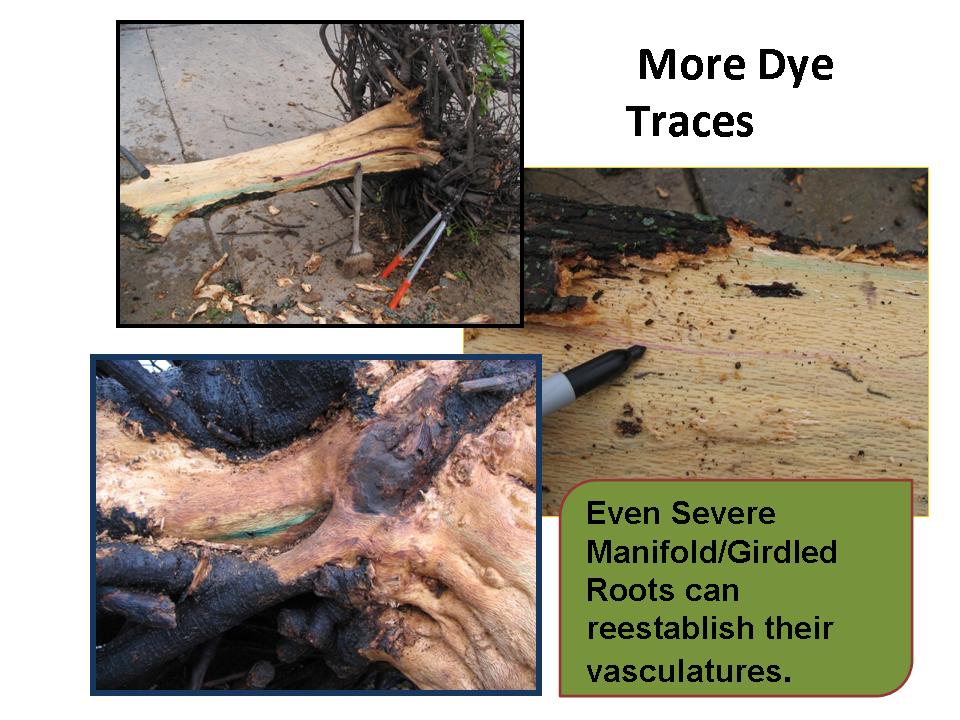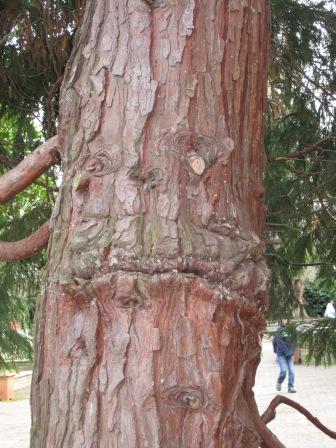We typically think of trees as the ‘good guys’; they shade our homes and yards, they take up carbon dioxide and pollutants from the air, they give us oxygen. What’s not to like? Well, like a lot of good guys, trees can also have a dark side. One of the more sinister habits some trees have is getting into sewer lines. Some studies estimate that trees are responsible for up to half of sewer line repair costs. The prospect of trees getting into residential sewer lines is troublesome, of course, because it’s an invisible problem; we usually don’t know there’s an issue until there’s an issue. Once tree roots get into sewers, they are often expensive and messy to deal with. And I don’t mean just messy in the sense of having to call in a backhoe to dig up your yard. Deciding who is responsible for the cost of cleaning up after a tree figures out its hit the mother lode can be a mess as well. What if your neighbor’s sycamore finds its way into your pipes? Or what if the culprit is the silver maple that you didn’t want but the city planted in the tree lawn anyway? In some cases there are city ordinances that cover these situations. For example, some cities will cover damage from city-owned trees provided they determine the city-owned tree caused the damage and the damage wasn’t due to a pre-exiting problem with the pipes. Therein lies the rub. As long as sewer pipes are intact and functional, tree roots have a hard time penetrating. The problems usually arise when pipes crack or joints fail. Once roots find an opening, it’s Katie bar the door. This is why tree-sewer problems are most common in older systems with clay or concrete pipes that can crack over time. Of course, the type of tree and location play a role as well. Other factors being equal, fast-growing bottomland species are the most frequent offenders. Danish researchers found that willow, birch, and poplar trees were responsible the largest number of root intrusions into sewer lines. In many parts of the US, sycamore, sweetgum, and tulip-poplar can be added to the list.

Tree roots and sewer lines: a bad combination
So what’s a homeowner to do to get some sleep and not worry about tree roots planning a silent assault on the drain-lines? Keeping fast-growing trees away from lines is a start. But tree roots can grow a long ways and are pretty relentless; if there is a crack or a weak spot in the pipes, they will find it. Keeping the system maintained and preventing entry is the key. If the system has cracks, “Root-stopper” or “root-killer” products are available. These are copper-based materials similar to ‘spin-out’ used on tree containers to prevent circling roots. These will kill feeder roots that have entered into pipes, but roots are persistent and they’ll be back. Plumbers have special tools that they can snake through the system that can cut through roots and clear blocked lines – at least for awhile. If you have old sewer lines and have fast-growing trees around, you may want to consider hiring a plumber do a video inspection of your lines periodically (think of it as a colonscopy for your house). If there’s a problem the plumber will be able to pin-point where it’s at and (hopefully) fix it before it becomes a major expense.
